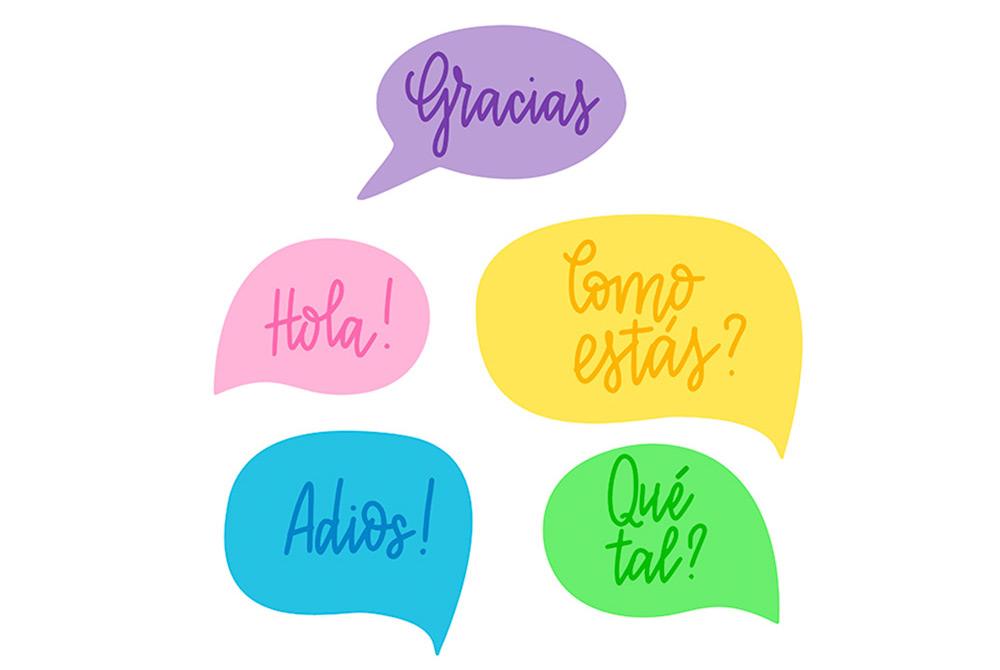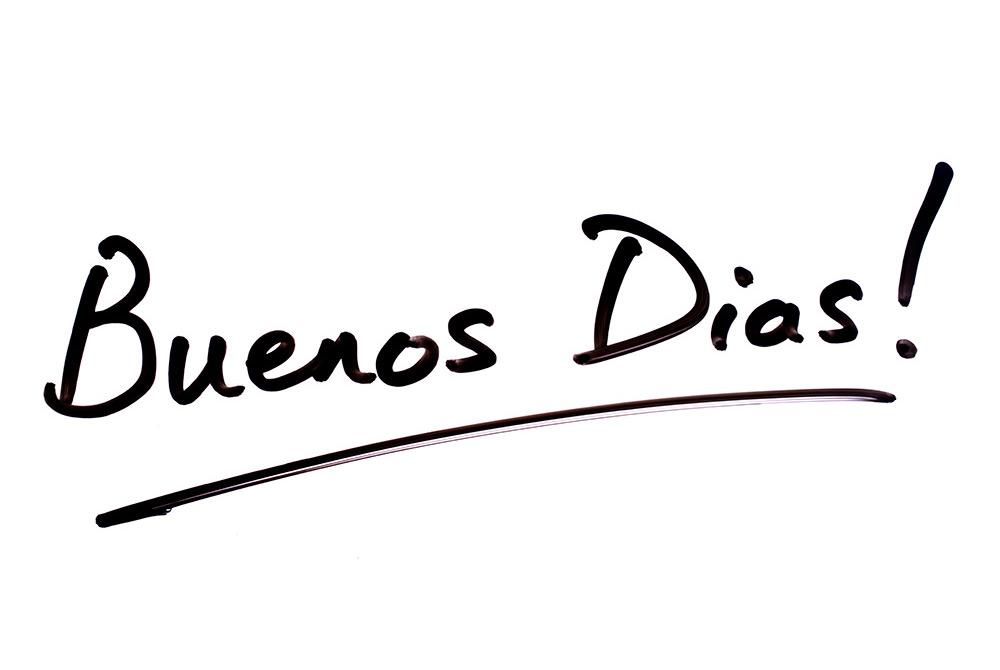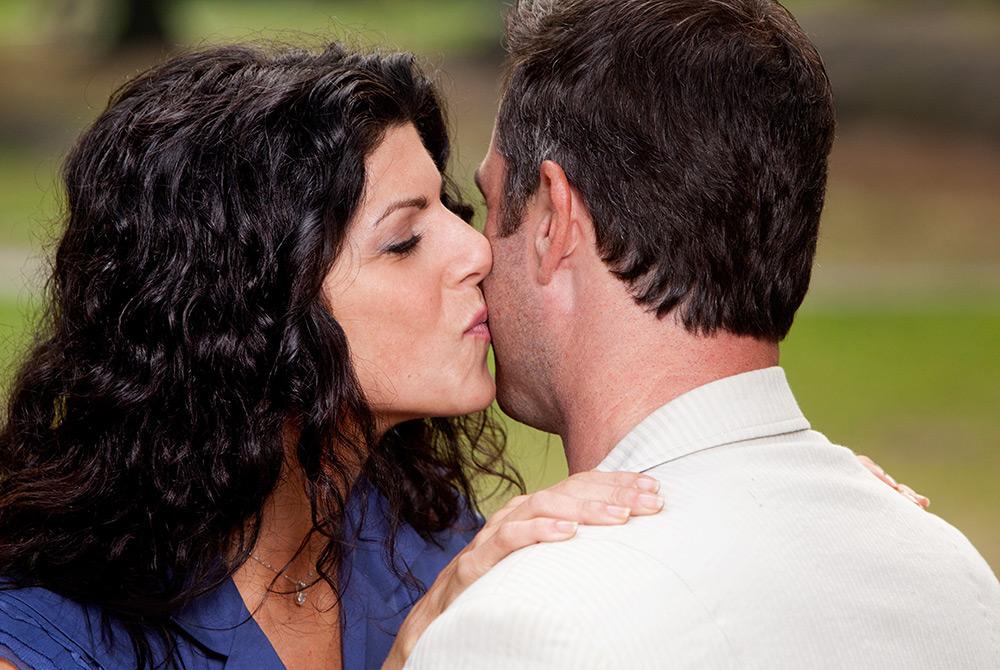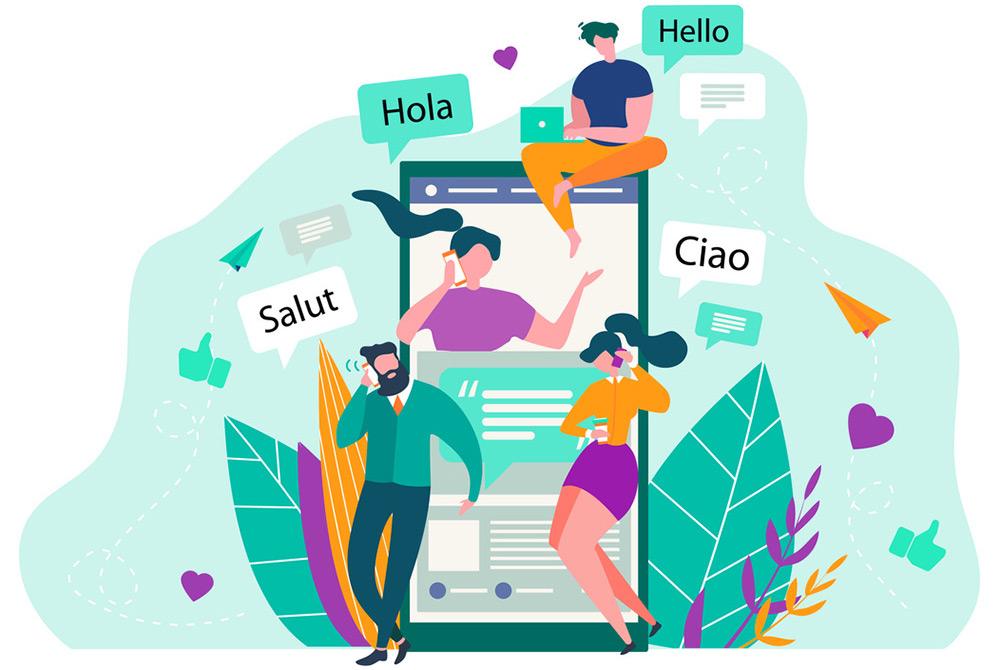How do you greet someone in Spanish?
“Hola” (or any other greeting) is normally the first thing you say to someone to start a conversation.
That’s why knowing how to greet someone in the language you’re learning is essential for communicating with native speakers.
In this blog post, we’re going to look at how to greet people properly in Spanish. So, let’s get on with it!
Spanish Greetings
In Spanish, like in other languages, there are various ways to greet people.
The most well-known greeting is undoubtedly “hola“, which can be translated to “hello” in English. However, there are also other types of greetings that we can use.
The abbreviation “buenas” is used to greet someone at any time of the day. You can also use a combination of both: “hola, buenas”.
When using “hola” to greet someone, people often say “hola, ¿qué tal? (meaning “hello, how are you?”). In many cases, this is simply a courtesy greeting, so people won’t expect a proper answer.
In Spanish, it’s also very common to adapt the form of greeting according to the time of day:
- “Buenos días” is used to say “good morning” from morning time up until lunchtime (lunch in Spain and other Spanish-speaking countries is eaten around 2 pm-3 pm).
- “Buenas tardes” is used in the afternoon (after lunch) until the evening (around sunset).
- “Buenas noches” is used as a greeting at night.
Spanish greetings in Latin America
In Latin American countries, people use various greetings that are not commonly used in Spain. Here are some examples:
- To say “good morning” in some Latin American countries, “buen día” is often used instead of the plural version.
- In Colombia and various other Hispanic countries, the phrase “¿Qué más?” is used instead of “buenos días”.
- Finally, Mexico has its own unique greetings: “¿Qué onda?” (which is similar to “what’s up?” and is also used in other Latin American countries) and “quiubole“.
Spanish greetings: saying goodbye in Spanish
Being able to say goodbye in a foreign language is just as important as being able to say hello.
In Spanish, there are several ways of saying goodbye depending on the person you are addressing (whether you want to say goodbye formally or informally) and on the time of day.
The two most common ways of saying goodbye in Spanish are:
- “Adiós”
- “Hasta luego”.
Expressions that depend on the time of day:
- “¡Que pases / tengas un buen día!” is used when saying goodbye to someone in the morning.
- “Buenas noches” is used when saying goodbye to someone at night.
Finally, the expression “hasta mañana” can be used to say goodbye to someone you’re going to see again the following day.
Spanish greetings: gestures
Different countries and languages use a variety of greeting gestures as well as phrases.
For example, in Spain (as well as in some other Hispanic countries and France), people kiss or shake hands. But this isn’t the case in other countries around the world.
In Spain, we kiss each other on the cheek (one kiss on each cheek) or we hug.
People rarely shake hands, except in a professional environment.
These gestures are more or less the same in Latin America. In Mexico, it’s normal to greet someone with a hug.
In other Latin American countries, kisses on the cheek are also common.
Spanish greetings: how to greet someone in a letter
In Spanish, we don’t always use the same expressions to say hello and goodbye when we’re writing as when we’re speaking, especially if we’re sending a letter to someone. This is what we’re going to look at now.
Written greetings
Written greetings are not necessarily different from spoken greetings in Spanish.
You just have to be careful with the tone of the message you want to convey. “Hola” is used to informally greet someone such as a relative. However, in an informal written message, it’s better to use expressions related to the time of day. For example:
- “Buenos días” for a message sent in the morning.
- “Buenas tardes” for a message sent in the afternoon/evening.
The expressions used to say goodbye in a written message, especially when ending a letter, are very different from the expressions you would use in spoken language.
Professional business letters usually start with “Estimado/a Sr./Sra.” followed by the surname of the addressee.
Saying goodbye in a letter
To close a letter, we can choose from a variety of different expressions. Again, which expression we use depends on how informal or formal our relationship is with the person we’re addressing.
Here are some ways to say goodbye to a loved one in a letter:
- “Saludos” (“Greetings”).
- “¡Hasta la próxima!” or “¡Hasta la vista!” (“See you!”)
- “Cuídate” (“Take care of yourself”).
- “Con todo mi cariño” (“With all my love”).
- “Besos y abrazos” (Literally “kisses and hugs”).
Let’s look at ways to end a formal letter:
- “Atentamente“.
- “Le saluda atentamente“.
- “Cordialmente“.
- “Reciba un cordial saludo“.
Spanish greetings: on the phone
Finally, there are very specific ways to greet someone over the phone.
Here’s a summary:
- “Hola“.
- “¿Aló?” (used in Latin America; it’s a very common Anglicism).
- “¿Bueno?” (used in Mexico).
- “¿De parte de quién?” (“Who is calling?).
- “Si, ¿diga?” / “¿dígame?” “Sí, dime...”.
- “¿Quién es?“, “¿quién llama?” (“Who is this?”) (“Who is calling?”).
- “Soy Carol.“, “Soy yo, Carol” (“My name is Carol”) (“It’s me, Carol”).
- “Quiero hablar con Luis“, “Me gustaría hablar con Luis” (“I’d like to speak to Luis”).
- “¿Puedo hablar con Ana?“, “¿Se puede poner Ana?” (“Can I speak to Ana?”) (“Could you put me through to Ana?”).
- “¿En qué puedo ayudarle?” (“How can I help you?”).
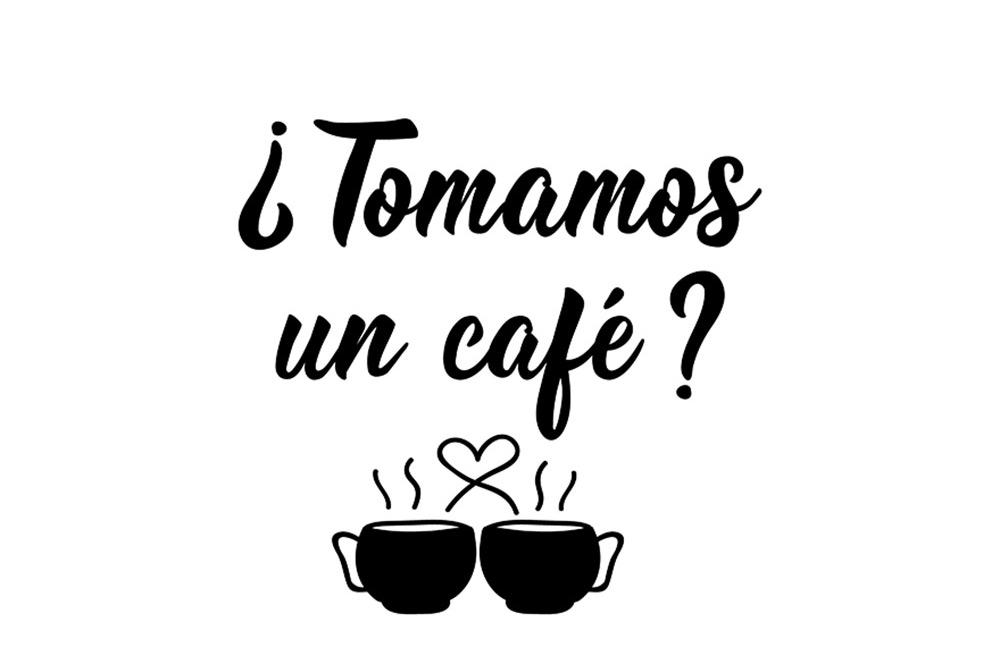
How to continue progressing in Spanish
The key to success when learning a language is to find the right learning method(s). There are several methods, some more academic and others more fun, which should be combined for an effective learning experience.
Among these fun learning methods, which are also known as “passive” methods, you’ll find Spanish books and games that allow you to learn vocabulary in a fun way. To work on your listening skills, we recommend watching films and series in Spanish.
At Maus School, our native teachers can help you learn Spanish to a very high level with both online and in-person courses that can be adapted to your needs. Learn and have fun with us!.


